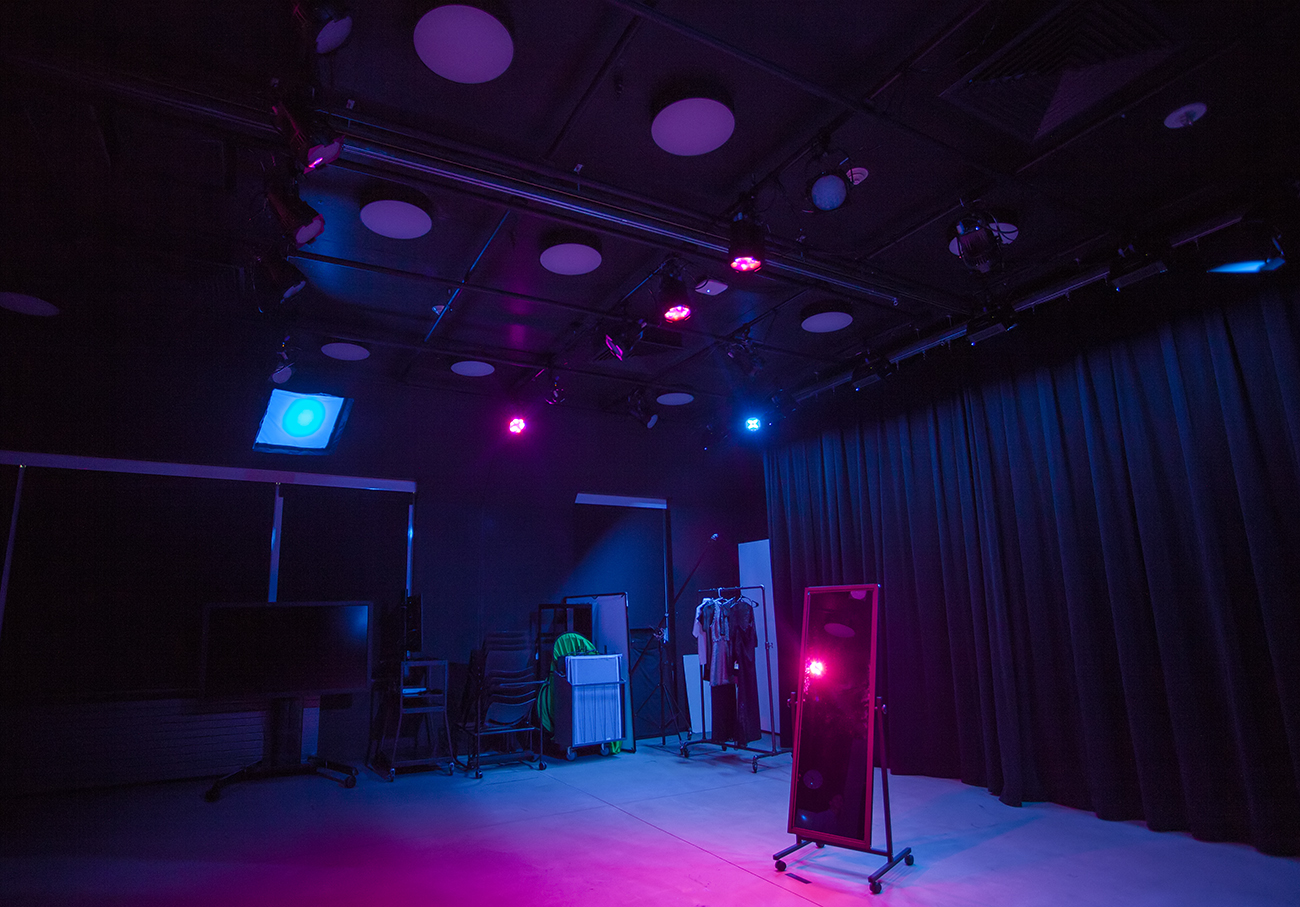What is Front Lighting in Photography and Why Use It?
So, what exactly is front lighting in photography? Front lighting is a crucial technique that professional photographers use to capture breathtaking images. Essentially, it involves placing the light source directly in front of the subject. This strategic positioning can produce various effects depending on the light's intensity and angle, making it a fundamental approach for photographers who want to elevate their artistic skills.
In this piece, well dive into the many facets of front lighting, including its pros and cons, practical uses, and tips to maximize its effectiveness. We'll also compare this technique to other lighting methods to help you make informed decisions in your photography journey.

Grasping the Essentials of Front Lighting
Front lighting is both simple and powerful. By illuminating the front side of a subject, this method often results in bright, sharp images with minimal shadows. This clarity enhances the details and vibrancy of the subject, which is why many photographers prefer this technique for portrait and product photography to highlight textures and colors effectively.
Why Opt for Front Lighting?
Incorporating front lighting into your work can lead to a multitude of benefits. Here are a few compelling reasons to consider this technique:
- Minimized Shadows: With the light directly in front, shadows are greatly reduced, providing a cleaner and more refined appearance.
- Enhanced Detail: This setup brilliantly illuminates facial features and textures, making it particularly beneficial for portrait photography.
- Vivid Colors: Front lighting tends to accentuate the brightness and richness of colors within an image.
- Consistent Exposure: It helps distribute light evenly, facilitating proper exposure throughout the image.

Uses of Front Lighting
This lighting technique is versatile and well-suited for various photography styles. Here are a few areas where front lighting excels:
Portrait Photography
In portrait photography, front lighting is often chosen to produce flattering images. The light softens features, contributing to a vibrant and youthful appearance. For more tips on setting up lighting, check out this camera accessories guide.
Product Photography
This lighting technique is highly effective in showcasing products in advertisements by highlighting their color details and textures, creating compelling visuals for consumers.
Event and Wedding Photography
In event photography, where moments are often unplanned, front lighting can be positioned easily to capture those key moments without harsh shadows or distractions.

Advantages and Disadvantages of Front Lighting
While front lighting brings several advantages, its also essential to acknowledge potential drawbacks:
Advantages:
- Produces flattering images with reduced shadows.
- Ideal for effectively showcasing colors.
- Contributes to a polished and professional appearance.
Disadvantages:
- May result in a lack of dimensionality in subjects.
- Can produce flat images if not combined with other lighting techniques.

How to Achieve Perfect Front Lighting
The effectiveness of front lighting largely relies on proper setup. Here are some tips to help you get stellar results:
- Select the Right Light Source: Use softboxes or diffused lights for softer illumination that flatters the subject.
- Adjust the Angle: Angle your light source to reduce harsh highlights while maximizing brightness.
- Experiment with Distance: The proximity of the light source can impact intensity, so feel free to experiment to find the ideal setup.
Front Lighting Compared to Other Techniques
While front lighting offers unique advantages, its valuable to understand how it stacks up against other techniques:
Side Lighting
Side lighting casts dramatic shadows, enriching texture and depth, making it ideal for artistic portraits and landscape shots.
Backlighting
Conversely, backlighting illuminates the subject from behind, producing dreamy halo effects and is often utilized for silhouette photography.
Tips for Optimizing Front Lighting
To make the most of front lighting, consider these strategies:
- Use reflectors to bounce light, further softening shadows.
- Experiment with color gels to introduce creativity and mood into your shots.
- Adjust your camera settings accordingly to ensure proper exposure and maintain focus on your subject.
Final Thoughts
Front lighting is a fundamental tool in the arsenal of every professional photographer. Whether you're capturing portraits, products, or significant events, knowing what front lighting in photography entails can help you make choices that enhance your images.
For a deeper understanding of studio lighting techniques, check out this insightful guide at Creative Live.
Common Questions
1. How does front lighting differ from backlighting?
Front lighting brightens the subject from the front, ensuring a detailed image, whereas backlighting shines from behind, creating silhouettes or halo effects.
2. Is front lighting applicable to outdoor photography?
Absolutely! Using front lighting outdoors can yield excellent results, notably during the golden hour for added softness.
3. What pitfalls should I avoid with front lighting?
Be cautious of overexposing your subject and adjust the angle of light to avoid flat imagery.
As an Amazon Associate, I earn from qualifying purchases.

